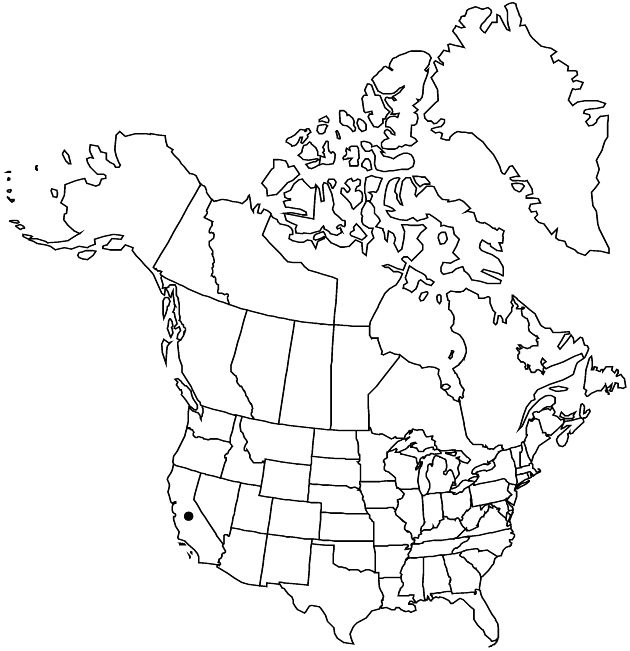Difference between revisions of "Layia heterotricha"
Bot. Beechey Voy., 358. 1839.
FNA>Volume Importer |
imported>Volume Importer |
||
| (2 intermediate revisions by 2 users not shown) | |||
| Line 6: | Line 6: | ||
|place=358. 1839 | |place=358. 1839 | ||
|year=1839 | |year=1839 | ||
| + | }} | ||
| + | |special_status={{Treatment/ID/Special_status | ||
| + | |code=E | ||
| + | |label=Endemic | ||
| + | }}{{Treatment/ID/Special_status | ||
| + | |code=C | ||
| + | |label=Conservation concern | ||
}} | }} | ||
|basionyms={{Treatment/ID/Basionym | |basionyms={{Treatment/ID/Basionym | ||
| Line 52: | Line 59: | ||
|publication title=Bot. Beechey Voy., | |publication title=Bot. Beechey Voy., | ||
|publication year=1839 | |publication year=1839 | ||
| − | |special status= | + | |special status=Endemic;Conservation concern |
| − | |source xml=https:// | + | |source xml=https://bitbucket.org/aafc-mbb/fna-data-curation/src/2e0870ddd59836b60bcf96646a41e87ea5a5943a/coarse_grained_fna_xml/V19-20-21/V21_645.xml |
|tribe=Asteraceae tribe Heliantheae | |tribe=Asteraceae tribe Heliantheae | ||
|subtribe=Asteraceae (tribe Heliantheae) subtribe Madiinae | |subtribe=Asteraceae (tribe Heliantheae) subtribe Madiinae | ||
Latest revision as of 20:13, 5 November 2020
Plants 13–90 cm (self-incompat-ible); glandular, strongly apple- or banana-scented. Stems not purple-streaked. Leaf blades elliptic to ovate, 10–120 mm, margins (basal leaves) entire or shallowly toothed. Involucres hemispheric, 7–12 × 6–13+ mm. Phyllaries 7–13, apices usually shorter than folded bases. Paleae in 1 series between ray and disc florets. Ray florets 7–13; laminae white to cream, 5–24 mm. Disc florets 40–90+; corollas 4–7 mm; anthers yellow to brownish. Ray cypselae usually glabrous, sometimes sparsely hairy. Disc pappi 0, or (readily falling as units) of 14–20 white, ± equal bristles or setiform scales 3–6 mm, each proximally plumose, not adaxially woolly. 2n = 16.
Phenology: Flowering Apr–Jun.
Habitat: Grasslands, meadows, openings in woodlands, on clayey or sandy, sometimes ± alkaline soils
Elevation: 200–1800 m
Discussion
Of conservation concern.
Layia heterotricha occurs in the South Coast Ranges, western Transverse Ranges, and Tehachapi Range. Molecular phylogenetic data have indicated that L. heterotricha is sister to all other members of Layia (B. G. Baldwin 1996). Weak, ± sterile artificial hybrids have been produced with other species of Layia (no natural hybrids have been reported; J. Clausen 1951).
Selected References
None.
